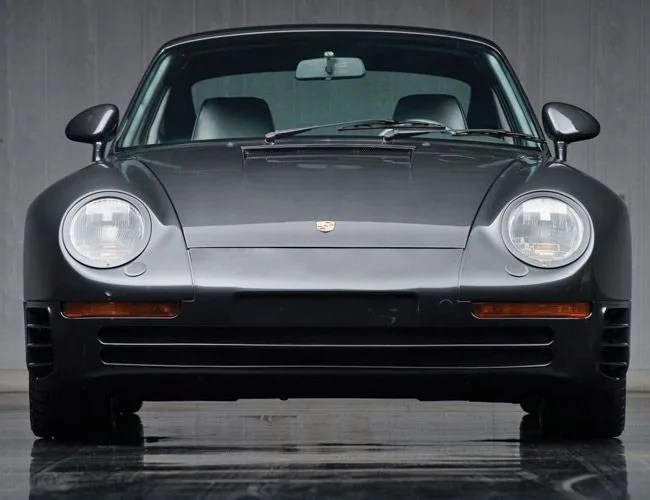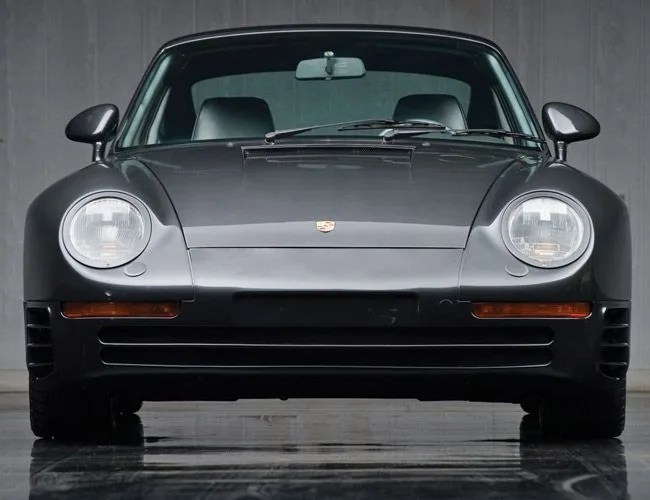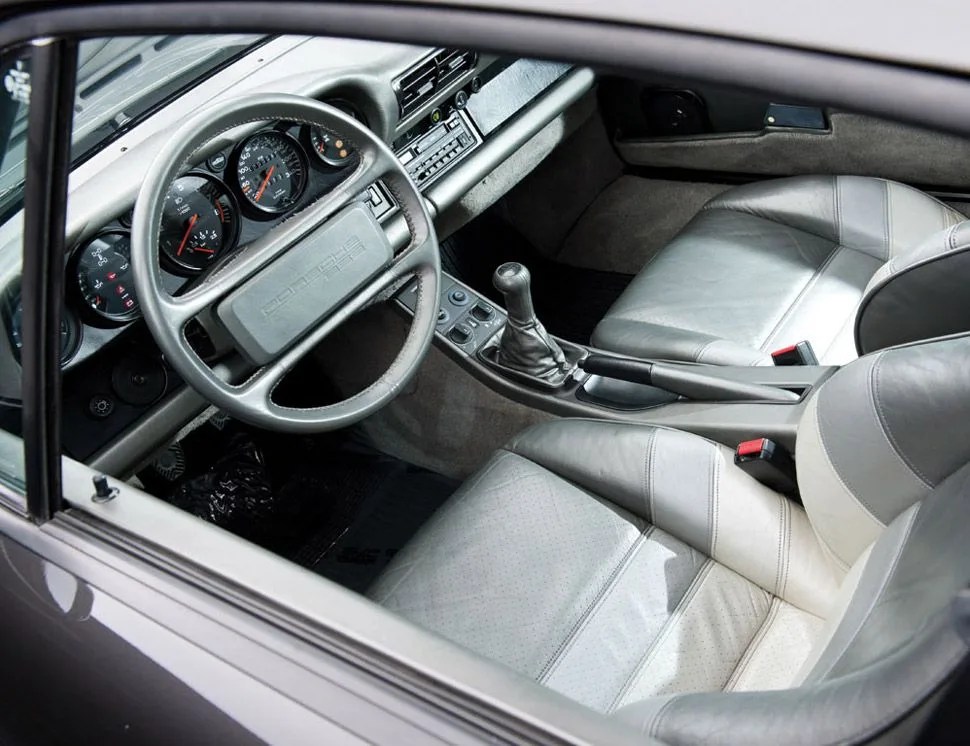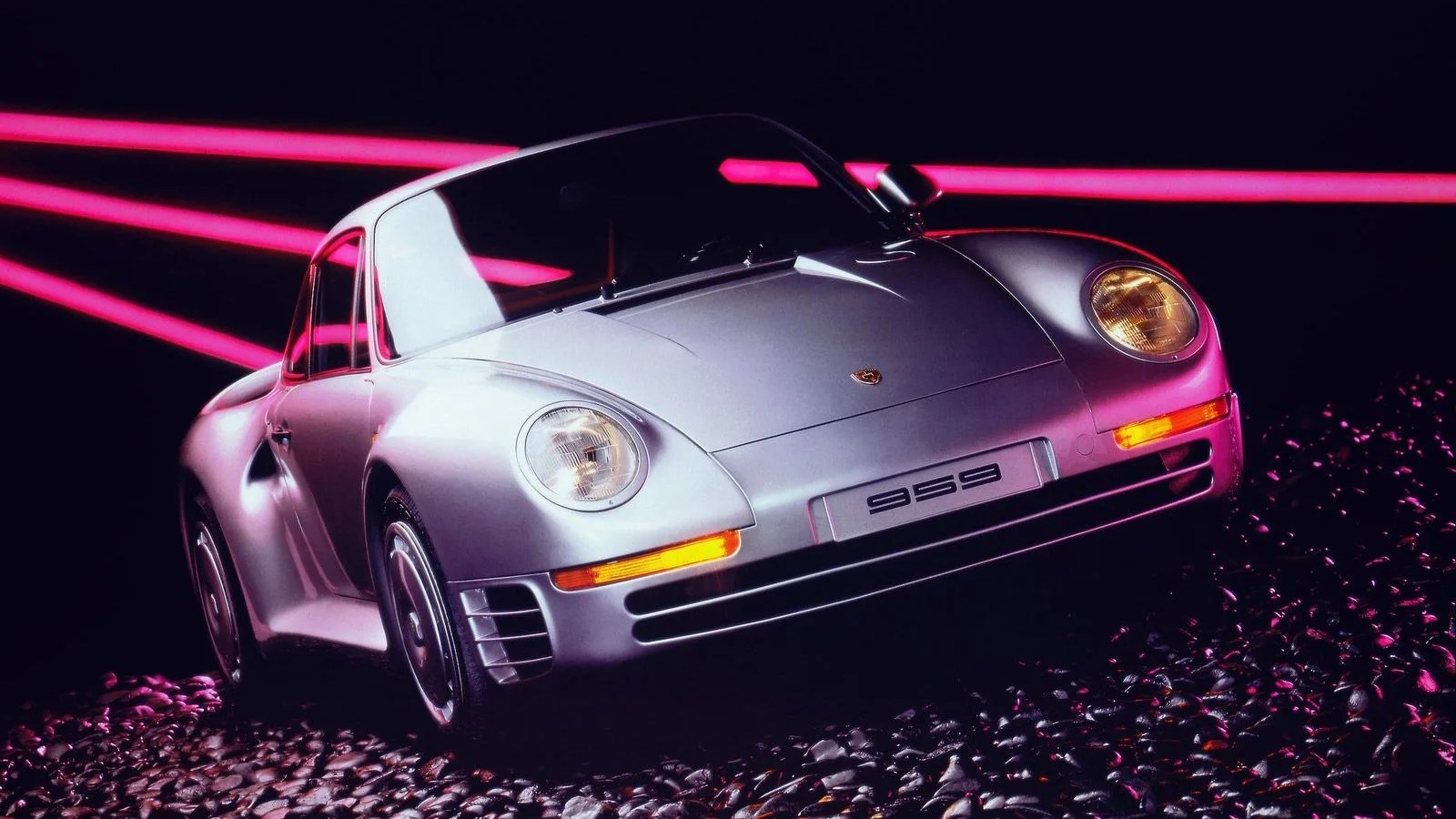Zero to sixty in 3.6 seconds. Zero to 100 mph in 8.8 seconds. A top speed of 195 mph. The standing quarter mile in 12 seconds. A modern supercar is worth its salt with these kinds of numbers, but thirty years ago? That was revolutionary. The Porsche 959 was a supercar birthed from the nearly limitless Group B rally racing homologation, and some consider it the best sports car ever created.
What It’s All About
Porsche wanted something to carry on the legacy of the longstanding 911. The idea was to create a successor to the 911 that could continue on for decades and be improved upon over time. Helmut Bott, Porsche’s Chief Engineer, approached Porsche AG Managing Director Peter Schultz with the idea, and the development of the 959 began in 1981. Porsche had found success developing cars through their racing program, and FIA Group B rallying was the perfect place to start, since the idea was to use a new all-wheel-drive system to catapult the new sports car. Under Group B stipulation, Porsche would be required to produce 200 road-going cars in order to put the 959 in races. Thus, a supercar was born.
From this, Porsche developed the world’s fastest street-legal production car, but they also created the most technologically advanced car produced to date. Everyone who drove it, from race car drivers to journalists, praised it for its stupefying performance, the ease with which it could be driven and its technological sophistication.

Technical Rundown
Looking at one aspect of the 959 impresses, but gathering together all the components is what makes it truly great. The engine, used in the 961 Group B car (the racing version of the 959) is a 2.85-liter, twin-turbo flat-six engine with air-cooled cylinders and water-cooled heads, good for 444 horsepower. The turbochargers were sequential rather than an identical pair in order to provide the 959 with smooth and readily available power throughout the power band, keeping operation of the 959 remarkably controllable and predictably progressive.
Not only was the 959 powerful, its body and underpinnings were lightened with the use of an aluminum and Kevlar composite body, as well as a lightweight and fire-retardant Nomex floor (instead of steel), giving the 959 a curb weight of 3,190 pounds, a couple of hundred pounds lighter than the current 911 Carrera 4 (and with nearly a hundred more thundering horses than the Carrera).


